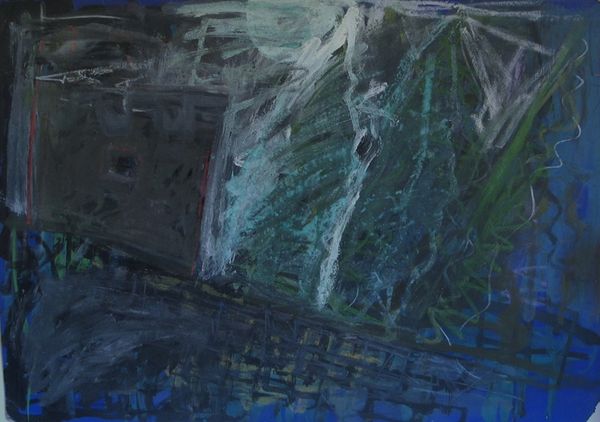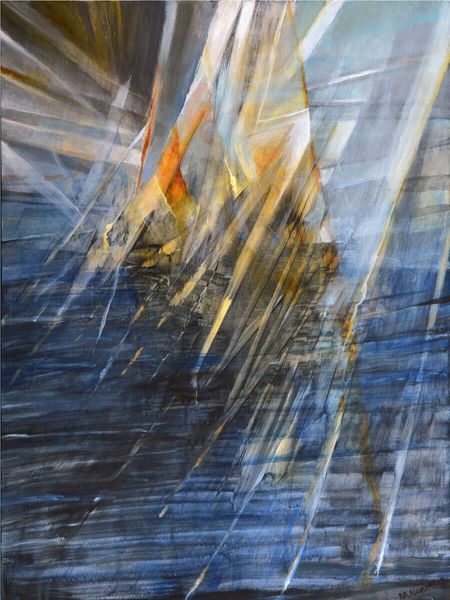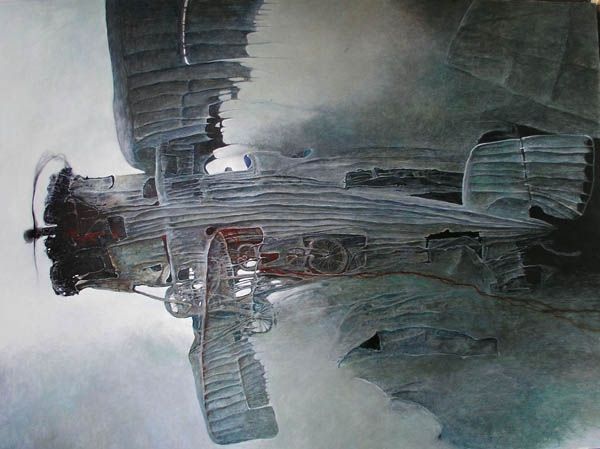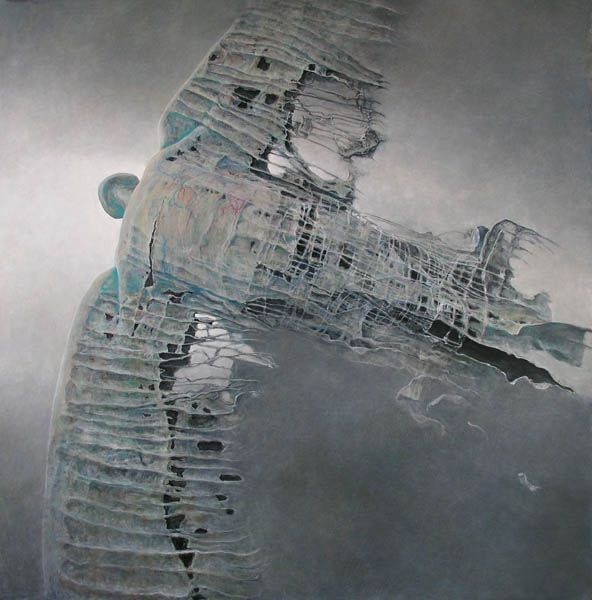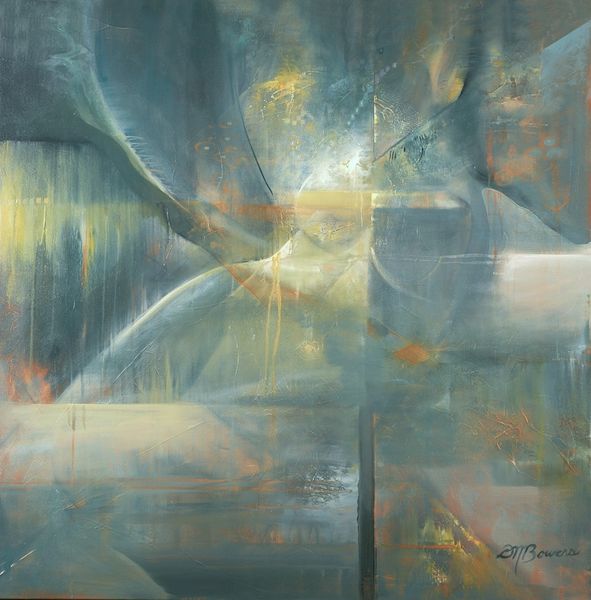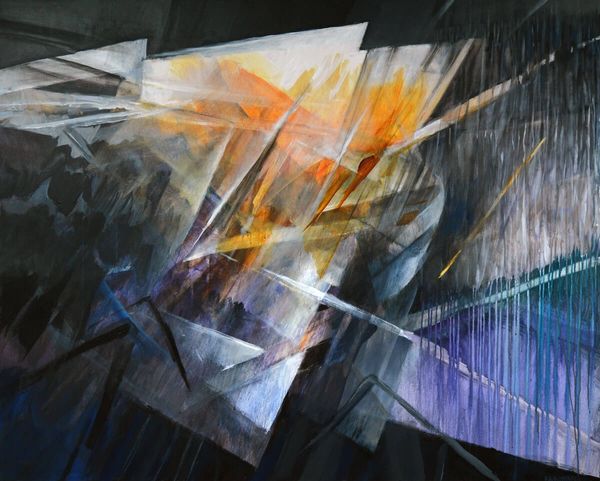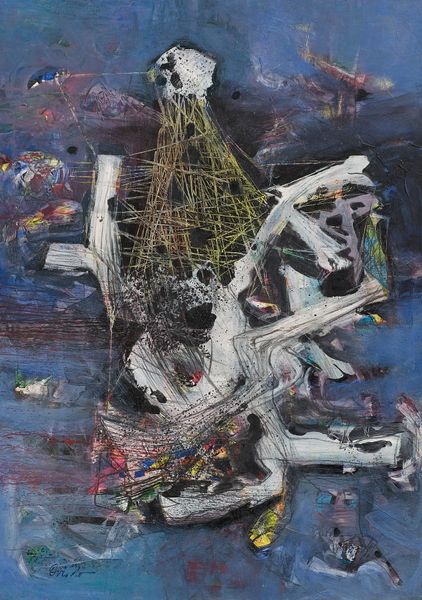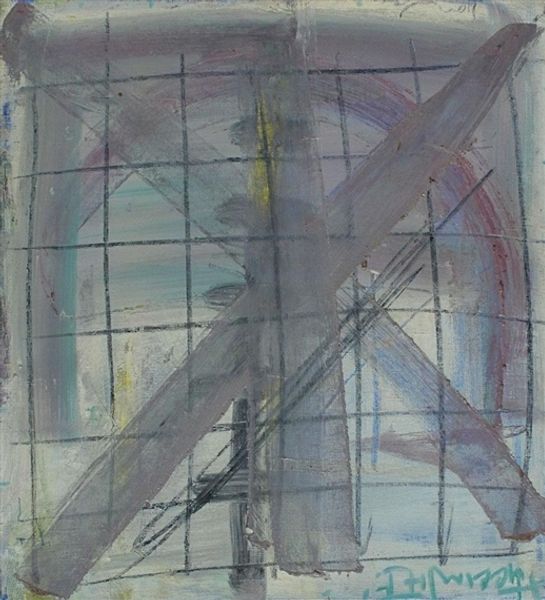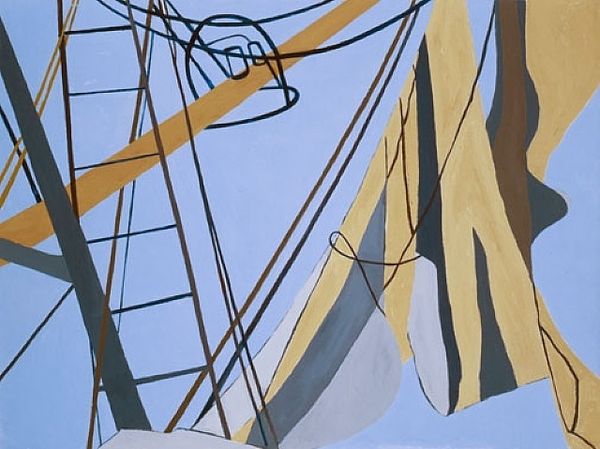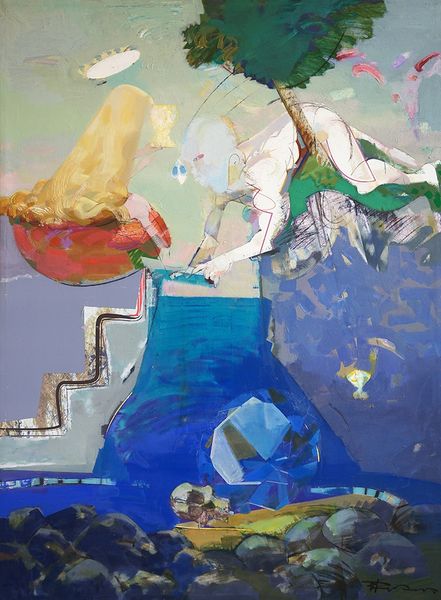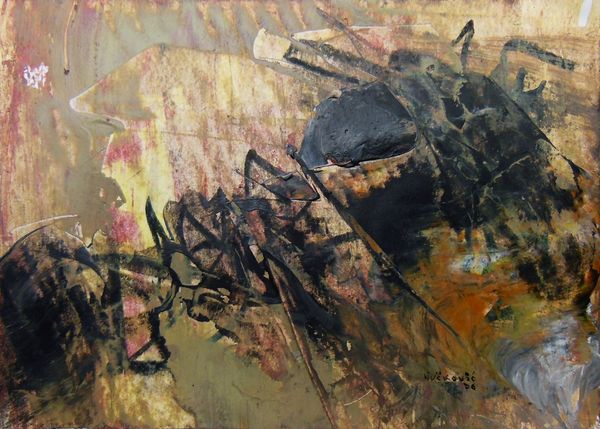
oil-paint
#
narrative-art
#
oil-paint
#
landscape
#
oil painting
#
genre-painting
#
history-painting
#
realism
Copyright: Modern Artists: Artvee
Editor: Here we have Tom Lovell's oil painting, "The Dirigible That Died Hard." The sheer chaos of it grabs you immediately - the perspective, the falling figures. What social narratives do you see woven into this piece? Curator: It’s fascinating how Lovell captures not just a scene of disaster, but also anxieties surrounding technological advancement and public spectacle. The dirigible, once a symbol of progress and power, is now a failing spectacle. Editor: A failing spectacle, yes! It makes me think about how we consume these kinds of events even now. Were these airships a common sight? Curator: Precisely! The painting prompts us to consider the role of media and public perception in shaping historical memory. Airships like the Hindenburg were heavily promoted; luxurious, symbols of national pride. Disaster narratives become equally sensational. Editor: So, this artwork, although dramatic, points to deeper cultural attitudes around technology? Curator: Exactly. The image becomes a cultural mirror, reflecting our complex relationship with technology, progress, and disaster. Consider also how Lovell chose to depict this—in an age saturated with photography, he recreated this event through paint, reinforcing its position in popular imagination. Why revisit it this way, with paint? What does it lend to this retelling? Editor: That really reframes it for me. It's more than just an action scene. Thanks, I’m off to learn more about airship disasters and how the news media then represented technology's relationship with culture. Curator: Indeed. Art offers us an entry point for reflecting upon the relationship among public trust, national image-making and rapid progress in a changing world.
Comments
No comments
Be the first to comment and join the conversation on the ultimate creative platform.
